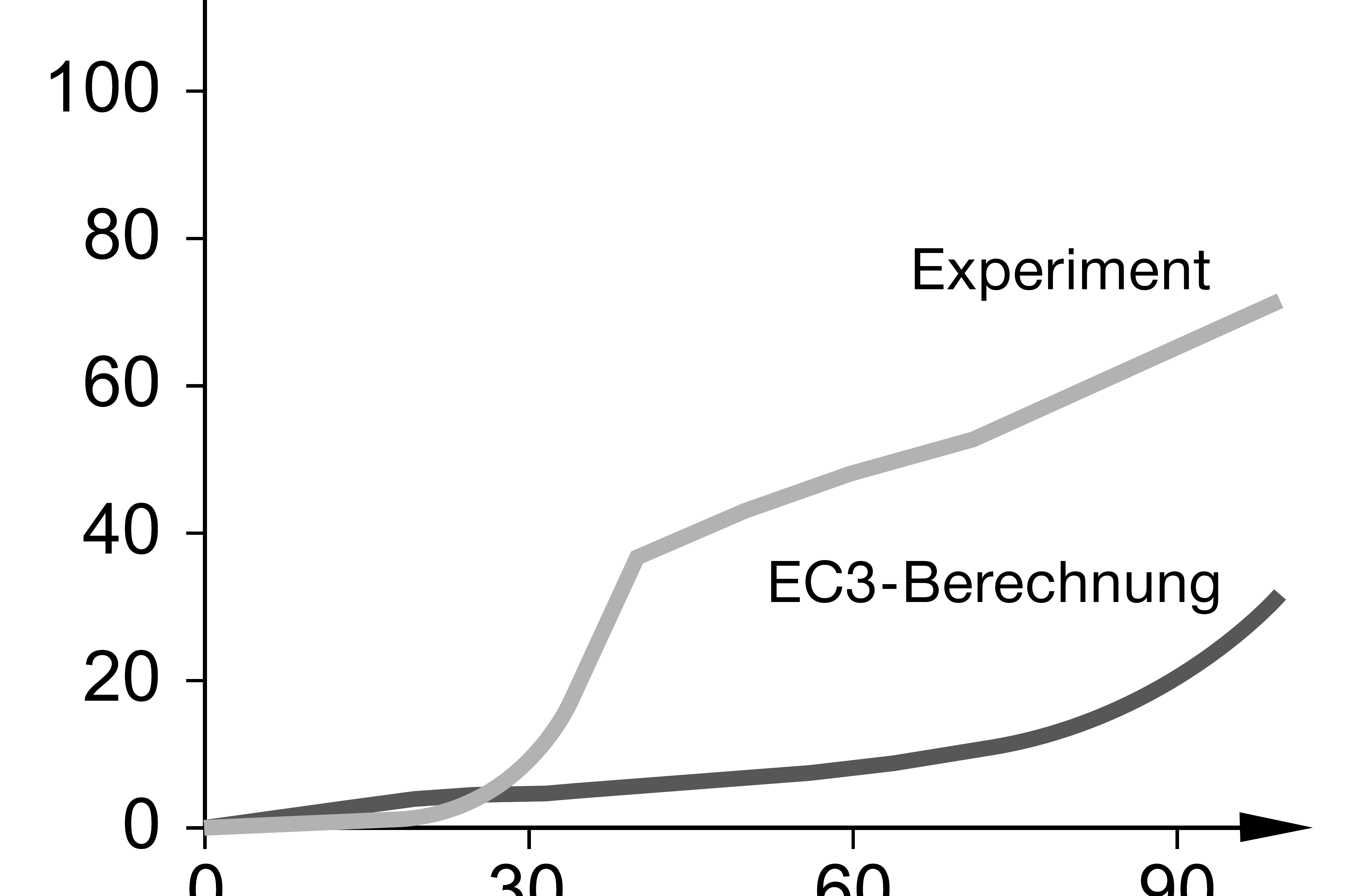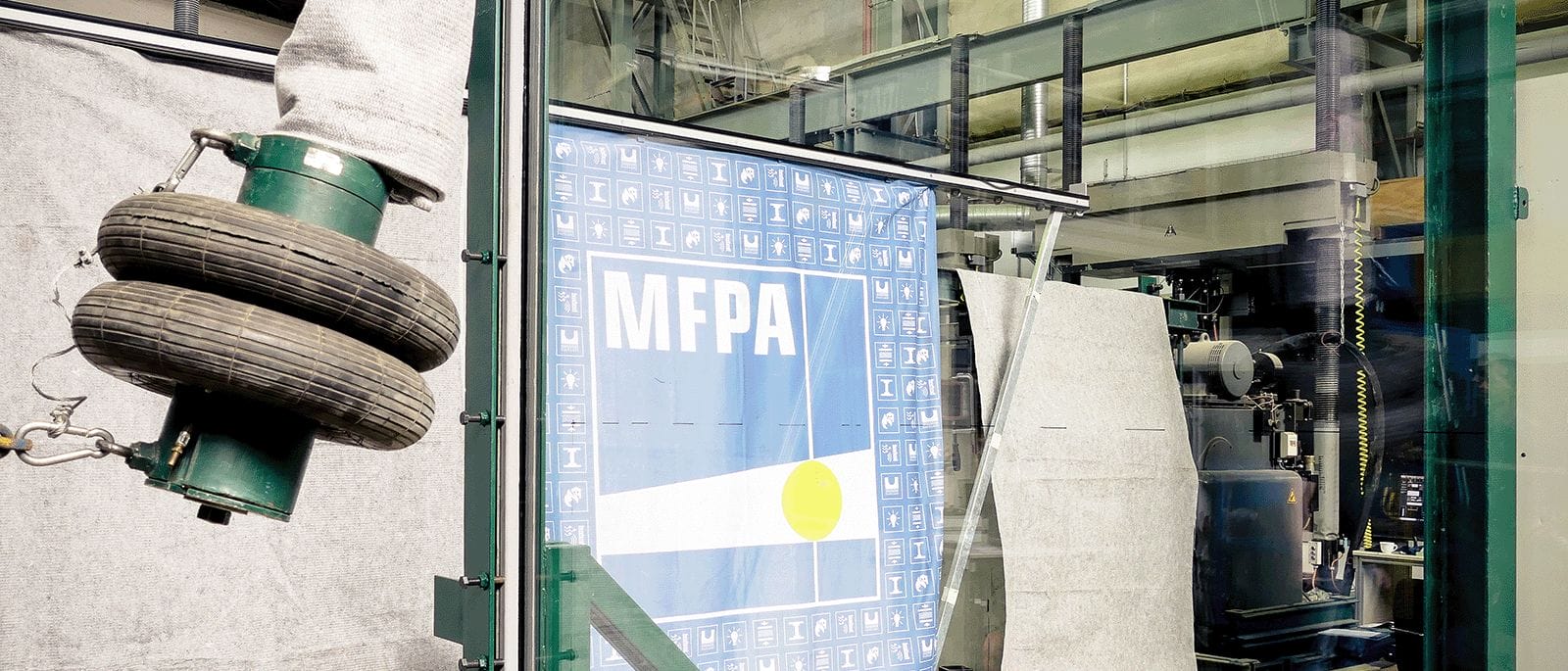Precise knowledge of the temperature-dependent mechanical characteristics is essential for describing the load-deformation behaviour of steel structures under thermal stress (e.g. in the event of fire). The data anchored in the DIN EN 1993-1-2 standard can be safely used for traditional structural steel constructions using steels according to the current standards and exposed to temperatures of up to around 700°C. No comprehensive, reliable literature references exist for use beyond this area of application.
We offer in-house high temperature tensile tests for describing the load-bearing behaviour of structural steel structures at moderate temperatures and with steels not covered by the current standards. In these tests, the relation between stress and strain is determined at a constant given temperature. The results allow for reduction factors to be identified of the properties of the cold materials in analogy to DIN EN 1993-1-2.
Heat creep effects, for example, are increasingly relevant, if temperatures over 700°C occur on unprotected, thin-walled components. To cover these and to accurately describe the load-deformation behaviour of corresponding structures, we offer transient high-temperature tensile tests (e.g. pursuant to EAD 280016-00-0602, attachment J). In this case, the temperature is increased at a constant mechanical load in line with the relevant temperature-time curve and elongation is recorded continuously.
More projects
Measuring the temperature and hydration heat development of concrete
Web-based long-term measurement (monitoring) of the temperature or hydration heat development of…
Simulation of large-scale fires in road tunnels
Full-scale puddle fire test in the testing tunnel of MFPA Leipzig in order to validate existing CFD…
Pendulum impact test to verify impact resistance
To verify the impact resistance of the new glass facade of the Leipzig Gewandhaus, MFPA Leipzig…









